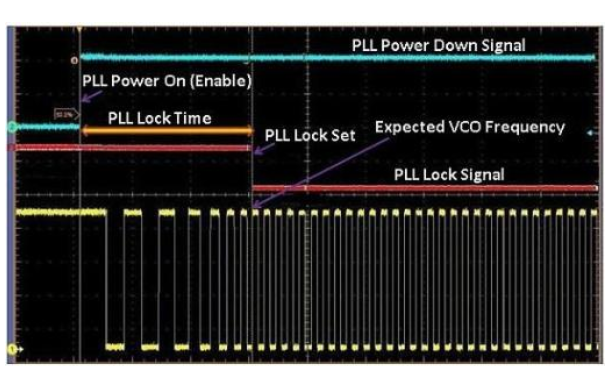Talking about the detection method of PLL lock and the intention of simulation detection
One of the most straightforward approaches is digital lock detection. This method involves comparing the frequency-divided input reference signal with the feedback signal from the VCO using a phase-frequency detector (PFD). The phase difference is determined by analyzing the pulse width of the PFD output over consecutive clock cycles. If the pulse width remains below a certain threshold, it indicates that the loop is locked. This type of detection is simple to implement, and the result is binary—either locked or unlocked. However, it lacks fine-grained information about the actual phase difference.

Another method is analog lock detection, also known as N-channel drain open-circuit detection. It works by performing an XOR operation on the lead and lag pulses generated by the PFD. The resulting output is a series of high and low pulses, which must be filtered to extract a DC level that represents the phase difference. Because this is a drain-open circuit logic, a pull-up resistor is required at the output. While this approach is more complex to design and requires careful selection of filter components, it offers advantages in certain applications where digital detection may fall short.
2. Since digital detection is relatively simple, why use analog detection?Although digital detection is easy to implement, it has limitations in specific scenarios. For example, when the reference signal is lost, the digital detection system cannot determine the phase relationship, leading to incorrect lock status reports. In such cases, analog detection can still provide meaningful feedback based on the internal behavior of the loop.
When driving a highly accurate VCXO, the frequencies after division may be very close, making it difficult for digital detection to distinguish small phase errors. This can result in false lock indications, even when the loop isn’t properly locked.
Additionally, in high-frequency phase discrimination scenarios, the narrow pulses generated by the PFD might not be accurately captured by the detection clock, causing false alarms. Analog detection avoids these issues by continuously monitoring the loop’s behavior, offering more reliable results in complex situations.
Therefore, while digital detection is suitable for basic applications, analog detection provides greater accuracy and reliability in challenging environments, making it a valuable alternative in advanced PLL designs.
Heat Shrink Attachment-Air Pressure Diverter Clip
Heat Shrink Attachment-Air Pressure Diverter Clip
Heat Shrink Attachment-Air Pressure Diverter Clip,Heat-shrink tube,Heat shrinkable tubing,thermal contraction pipe,Shrink tube
Mianyang Dongyao New Material Co. , https://www.mydyxc.com